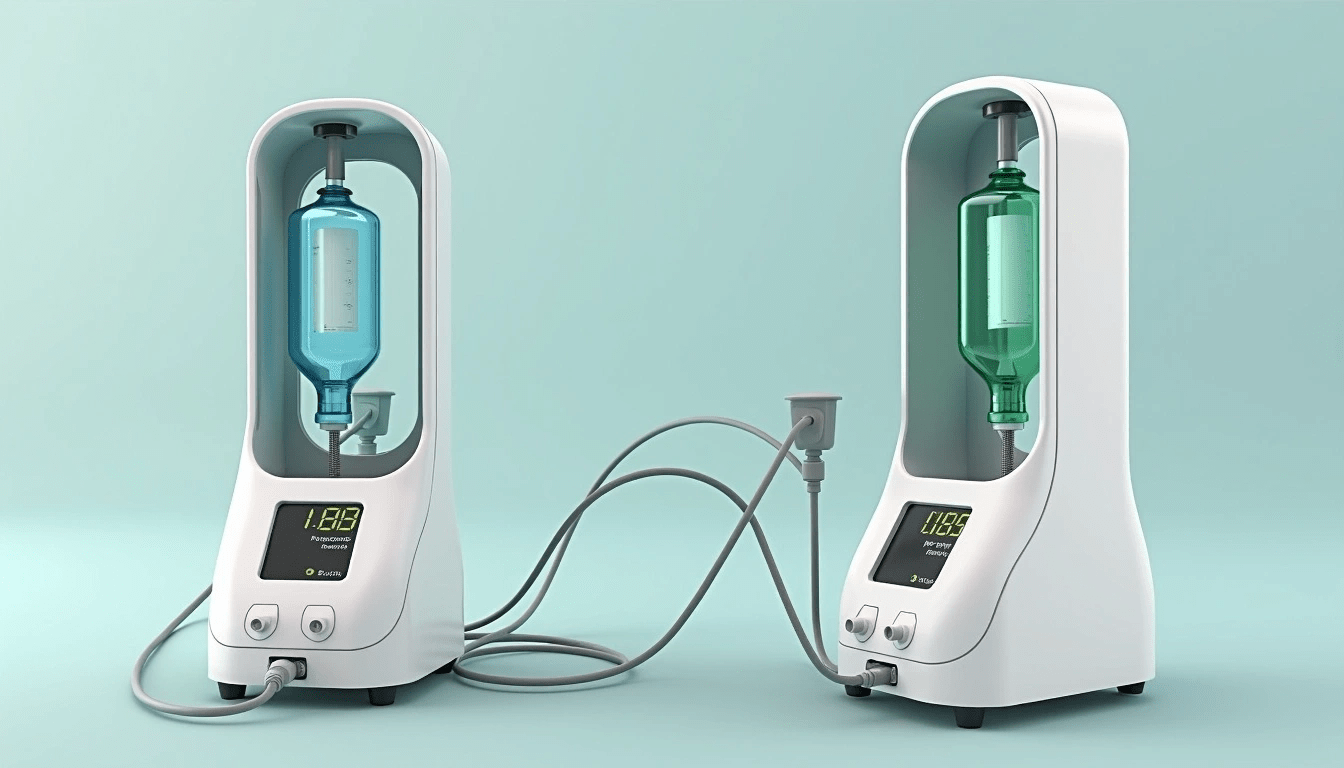Introduction
Stomach scars are a consequence of injury, surgery or skin conditions. Depending on the nature of the wound and how it heals, they can come in all different shapes, sizes, and textures. Some scars heal over time; others never do. Knowledge of how scars develop can play a role in choosing the appropriate treatment for them.
Scars form when the skin gets damaged and tries to heal itself. How severe will the scar be depends on the depth and location of the injury, as well as on the individual’s healing capabilities. Sometimes scars can be raised, sunk in, or discolored. Some individuals consider scars as cosmetic issues, while others may have tension or tightness in the scar tissue.
Post-Surgery Stomach Scars: What You Should Know
Surgeries like C-sections, appendectomies, or hernia repairs typically result in visible scarring. The type of incision and the body’s healing response determine the size and severity of the scar. The post surgery care that ensures that the wound is kept clean and moisturised decides how visible the scar will be.
Stomach Scar and Stages of Healing of a Surgical Scar At the very start, the wound closes and inflammation occurs. In time, collagen production ramps up to fortify the area and a scar develops. Including preventing it from getting infected and lessening tension across the wound may improve how the scar will look like.
Types of Stomach Scars
Hypertrophic Scars
These scars are raised and stay within the original bounds of the wound and get less noticeable over time. They’re caused by excess collagen production and can range in color from red to pink. While they do volume decrease with time but can still be quite prominent.
Keloid Scars
Surgically important scars characteristics that extend beyond the wound area They can be itchy or painful and are more common in people with darker skin tones. Things like steroid injections, laser therapy or surgical removal may assist in managing them.
Atrophic Scars
Indents in scars left by skin damage or surgery, typically seen with procedures like liposuction. These scars result from loss of skin tissue, producing a sunken, pitted appearance. Fillers or microneedling may improve their texture.
What Stomach Scar Pictures Reveal
The different types of scars and their healing process can be understood by viewing pictures of stomach scars. Realistic expectations of the treatment options can be the before-and-after images of treated scars.
Images also demonstrate how effective different treatments have been over the years. And many dermatologists and surgeons photograph a patient’s progress to emphasize any advancements. Individuals can look through pictures, reducing their scars and compare them with similar cases and proper treatments.
Treatments for Stomach Scars
Various treatments for minimizing the appearance of stomach scars include:
Topical Treatments
Scar creams and silicone sheets may lighten scars. Silicone sheets in particular act as a barrier that helps hydrate the scar and minimize its size as time goes by. Prescription creams that have retinoids or corticosteroids can also improve the skin’s appearance.
Medical Procedures
Deep scars respond well to laser therapy, microneedling and steroid injections. These treatments either stimulate collagen production, break down scar tissue, or reduce inflammation. Sometimes a hybrid procedure works best.
Home Remedies
Skin healing can be enhanced with aloe vera, vitamin E, and essential oils. Although these treatments won’t eliminate scars entirely, they can help to soften the skin and reduce redness. It also involves improvement of circulation and tissue regeneration and application of oils or creams directly on the scar.
How to Avoid Scarring After a Surgery Procedure
Appropriate post-operative care reduces scarring:
Keep the wound clean and covered. Infection prevention is VITAL for healing!
Do not overdo any extraneous movement that may pull the scar. The scar can get wider or more prominent with movement.
Apply sunscreen to protect against discoloration. UV exposure can cause scars to darken and become more prominent.
Use Salves (as prescribed in New Testament) for better healing. Dermatologist-approved therapies may speed healing and minimize scarring.
Keep yourself hydrated and eat healthily. Proper nutrition aids skin healing and tissue regeneration.
The emotional impact of stomach scars
Stomach scars can cause low self-confidence, particularly if they are large or very noticeable. While some people opt for treatments for cosmetic purposes, others choose to wear their scars as a badge of honor on their journey through life. Psychologically, the emotional turmoil is you building confidence in yourself again.
Those whose self-esteem have been affected by scars may find themselves reassured in counseling or support groups. People may wear certain clothes, use makeup, or tattoo over scars.
FAQs
Do scars on the stomach fade completely?
Scars may fade over time but typically don’t completely go away. There are treatments that can reduce their appearance.
How long does stomach scar take to heal?
It typically takes months to a year for a scar to heal depending on the type of scar and the treatment undertaken.
What about surgical stomach scars, are they permanent?
Surgical scars are generally lifelong but can be made as less and faint as possible with care and treatments.
“What is the best treatment for scar tissue in the stomach?
The most effective treatments include laser therapy, silicone sheets, and microneedling.
Home Remedies for Stomach Scars: Do They Work?
Medical treatments may be better at reducing or eliminating scars, but aloe vera and vitamin E can help lighten them.


